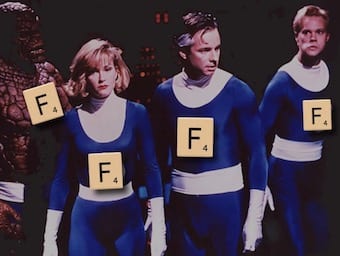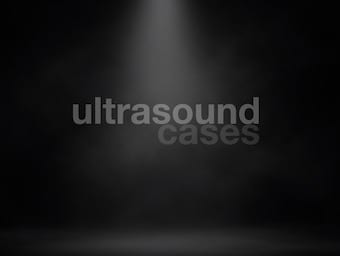
Beta-Blocker Overdose
Updated 2nd July 2024 OVERVIEW TOXICODYNAMICS TOXICOKINETICS RISK ASSESSMENT Onset Propanolol Patient factors General clinical features Propanolol (“sodium channel blocker masquerading as a beta blocker”) Sotalol MANAGEMENT Resuscitation Supportive care and monitoring Investigations Decontamination Enhance elimination Antidotes Disposition CONTROVERSIES References…




